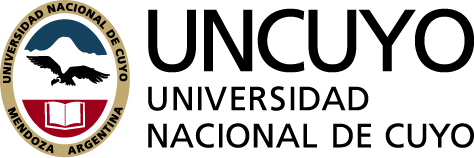Síntesis, caracterización y evaluación de la remoción de Arsénico en matrices de quitosano con hierro
Contamination with Arsenic (As) in groundwater of the Chaco-Pampeana plain constitutes a potential risk for ingestion for 4 million people. Due to the serious effects of As on health, the World Health Organization (WHO) has recommended a maximum limit of 0.01 mg/L of As. In the present work, chitosa...
Guardado en:
| Autores principales: | , , , , |
|---|---|
| Formato: | Online |
| Lenguaje: | spa |
| Publicado: |
Facultad de Ciencias Aplicadas a la Industria
2022
|
| Acceso en línea: | https://revistas.uncu.edu.ar/ojs3/index.php/revicap/article/view/5996 |
| Sumario: | Contamination with Arsenic (As) in groundwater of the Chaco-Pampeana plain constitutes a potential risk for ingestion for 4 million people. Due to the serious effects of As on health, the World Health Organization (WHO) has recommended a maximum limit of 0.01 mg/L of As. In the present work, chitosan matrix containing ferric ions (Fe+3) in concentrations 0.7 and 11.2% w/w were synthesized, by ionotropic gelation (Q-Fe matrices) and by lyophilization (LQ-Fe matrices). These matrices showed differences in their microstructure and the FTIR spectrum obtained after the adsorption of As, indicated the possibility of electrostatic interactions between the amino groups of Q-Fe and LQ-Fe matrices with As. The synthesized matrices were effective in the removal of 0.3 mgAs/L obtaining final values lower than the limits established by the WHO. When the adsorption capacity was analyzed, the lyophilized matrix with 11.2% w/w Fe+3 in the matrix showed higher values. Finally, these matrices could constitute an emerging and sustainable adsorbent material for the removal of As.
Keywords: Matrix, Adsorption, Chitosan, Arsenic. |
|---|

